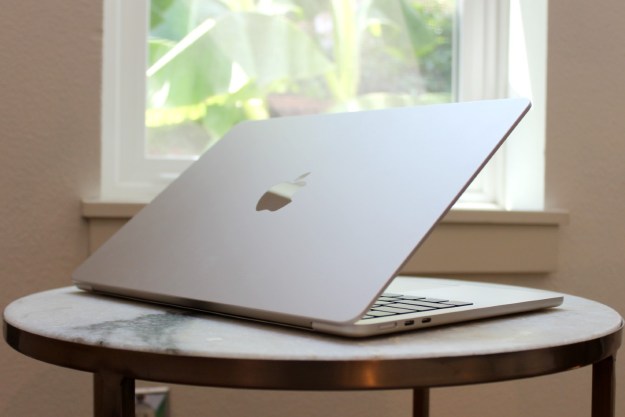Apple revealed it will switch from Intel processors to its own ARM-based chips in its Macs starting from late 2020, with the transition expected to take around two years. The largest shakeup of the Mac in 15 years, the announcement was made by Apple CEO Tim Cook during the keynote address at Apple’s Worldwide Developers Conference (WWDC).
Apple announced the new processor family will be known simply as Apple Silicon. The new chips will allow Macs to maximize their performance while maintaining low power consumption levels, according to Senior Vice President Craig Federighi.
Federighi said several apps will be ready to go as soon as the first Apple Silicon Mac launches in 2020. These include Adobe and Microsoft apps, as well as Apple’s own in-house apps like Final Cut Pro. As well as that, iPhone and iPad apps will work natively on the new Macs, without any additional coding or changes required.
Several other Apple devices already use ARM processors. Ever since their inception, both the iPhone and the iPad have used A-series chips that are based on ARM designs. These processors are some of the best-performing chips on the mobile market, regularly outstripping their competition in terms of performance. If Apple’s claims prove correct, a similar performance improvement could soon be seen on the Mac.
The switch had long been rumored, with numerous sources claiming the changeover was well underway over the past months and years. Apple has reportedly been dissatisfied with Intel, both for missing deadlines and for its slowing rate of innovation, leading Apple to seek greater control over its Mac processors.
The switch may not be without its problems, however. Microsoft attempted a similar move (albeit a more limited one) when it gave the Surface Pro X an ARM processor, but the company warned potential customers that many apps would not be compatible with the new chips. Mac developers and users may be experiencing similar anxieties about Apple’s latest move.
However, Apple said it would make the switch as painless as possible. It has readied an app called Rosetta 2 that can translate apps built for Intel systems so that they work on new ARM Macs. In fact, it can translate apps as they are installed, so they will be ready to run right away. Moreover, the first ARM Mac will not be sold until 2021, with Apple hoping the delay will give most developers enough time to rework their apps for the new architecture.
Apple last announced a Mac processor switch in 2005, when it moved from PowerPC to Intel. We will put the new ARM Macs through their paces as soon as they become available to see if Apple’s performance claims stand up to scrutiny.
Editors' Recommendations
- These 6 tweaks take MacBooks from great to nearly perfect
- If you buy one MacBook Air alternative, make it this one
- The case for buying the M2 MacBook Air over the M3 model
- All the ways Intel Macs are still better than Apple Silicon Macs
- Apple just announced the dates for WWDC 2024




